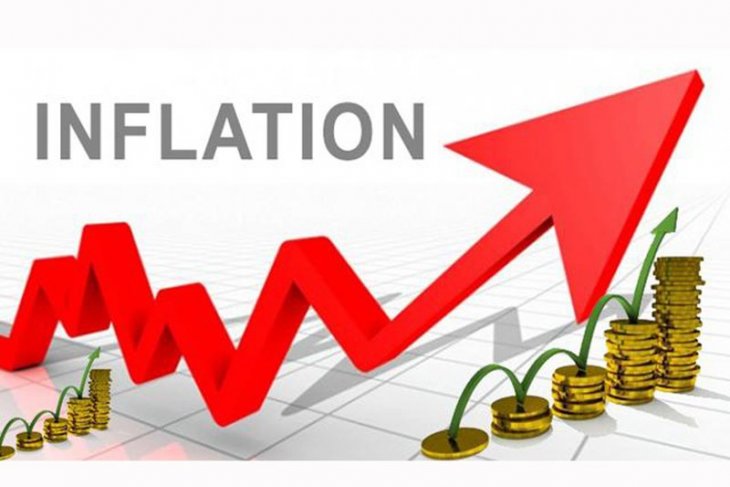Inflation finally slowed to a near halt in November, possibly signaling a winding down of the prices crisis that has gripped American households this year.
Prices rose just 0.1 percent on average during November, the Department of Labor reported on Tuesday morning. The year-over-year inflation rate fell as well, to 7.1 percent for the 12 months ending in November. That’s the lowest annualized rate since December 2021, and is significantly lower than the 7.8 percent annualized rate reported a month ago.
This also marks the fifth consecutive month in which the annualized inflation rate has held steady or fallen, after peaking in July at an astounding 9.0 percent.
That trend suggests that the Federal Reserve has finally gotten a collar on rising prices. The central bank’s board is expected to hike interest rates for the seventh time this year when it meets on Wednesday. That means it will continue getting more expensive to obtain a mortgage or a car loan, and credit card interest rates will continue to risebut also that savings accounts and other interest-based investment vehicles are paying larger returns.
The average car loan rate, for example, is now over 6 percent compared to 3.8 percent at the beginning of the year, CNBC reported. That means consumers will have to pay roughly $5,700 more in interest over the course of a fairly typical 72-month loan for a new car valued at $40,000.
Reducing inflation, in other words, means that higher prices are merely being shifted from goods and services that are immediately consumed into longer-term costs.
Still, November’s inflation report is good news for anyone who has to heat a home or drive a car. Energy prices fell by 1.6 percent across the board, with gas prices down by 2 percent. But those decreases are partially offset by ongoing inflation at the grocery store: food prices were up 0.5 percent during the month and have increased by 10.6 percent during the past 12 months.
So-called “core inflation”which filters out the more volatile categories of food and energywas up 0.2 percent in November and has increased by 6 percent over the past 12 months. The main driver of higher prices in that category continues to be rental rates, which jumped another 0.6 percent last month (because America needs to build more housing).
While the 7.1 percent topline inflation figure will be greeted by the media (and seemingly by the stock market) as good news, it’s important to maintain some context here. Objectively, that’s still far too much inflationmore than three-and-a-half times the Fed’s stated goal of 2 percent, which remains well out of reach for now. It means consumers are still paying far more for basic necessities than they were a year ago, and the best-case scenario is that prices will continue to rise, but more slowly, in the future.
Meanwhile, this bout of rising prices and higher interest rates will rebound in ways that make the growing national debt more difficult to manage and put Social Security on even shakier ground. Instead of addressing those issues, however, lawmakers are using this year’s lame-duck congressional session to spend and borrow even more.
It’s also worth keeping in mind, asThe New York Times highlighted this week, that many economists were predicting inflation had peaked at this time last year. Boy, were they wrong. Bloomberg’s monthly survey of economists said in December of last year that core inflation would fall to 2.5 percent by the end of 2022. Now, that same group says inflation will fall to 3 percent by the end of next year.
That’s a good reminder that predictions don’t count for much. Even though the inflation trend is pointing in a positive direction for the first time in a while, the economy isn’t out of the woods yet.

